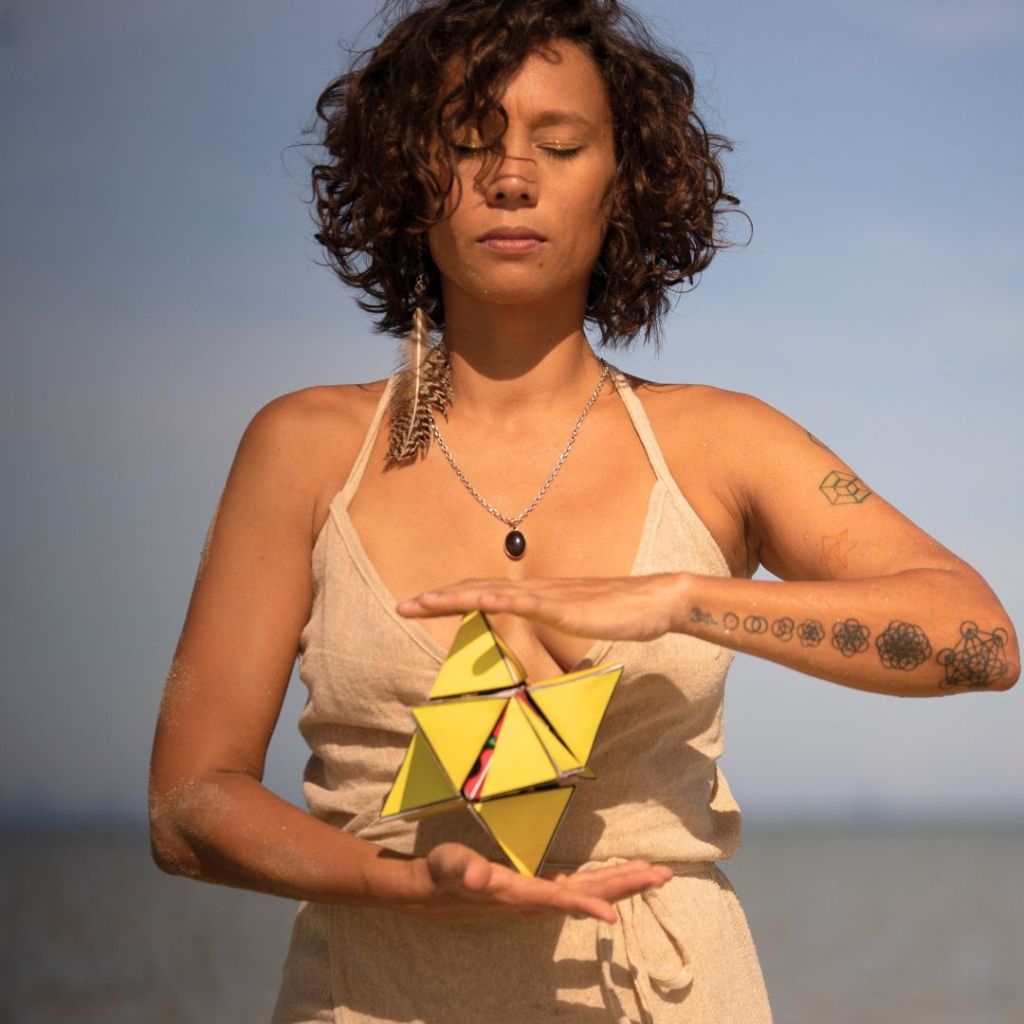Taoism Philosophy
Taoism, also known as Daoism, is a Chinese philosophy or religious tradition that is attributed to Laozi or Lao Tzu (c. 500 BCE). It emphasises living in harmony with the Tao, which is a Chinese word for path, way, or principle. Its central teaching is based on the concepts that nature is in flow and is the source and the driving force behind everything that exists. Taoism permeates Chinese culture and has influenced many other Asian cultures, especially Japan, Vietnam, and Korea.
Key principles of Taoism:
Taoism is a belief system and a set of practises towards living in harmony with nature.
Nature is ever-changing and is always the same. Accept Nature and yourself.
Some key practises in Taoism:
- Taoism teaches the concepts that humans should become align with the harmonic rhythms of the universe while focusing on compassion, harmony, and humility.
- Compassion & Kindness
- Be humble.
- Live simply.
- Taijitu Shuo
- Five Element Chart
- Lo Pan Compass
- He Tu & Luo Shu Diagrams
- Nei Jing Tu
- Guodian Bamboo Strips


